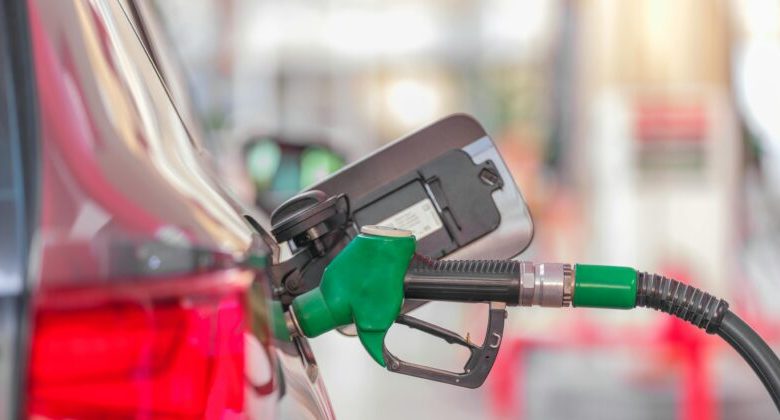Gas Optimization Techniques in Decentralized Perpetual Futures Trading

Gas costs can have a direct impact on the profitability of decentralized perpetual futures trades. Every transaction on the blockchain requires gas, and without the right approach, those fees can quickly reduce potential gains. Understanding how to reduce these costs allows traders to keep more of their profits and execute strategies more efficiently.
In markets where speed and precision matter, even small savings per trade can add up over time. Traders who focus on gas efficiency in decentralized leverage trading can execute more transactions without increasing costs, which helps maintain an edge in competitive conditions. This article explores practical methods to lower fees while keeping execution smooth and effective.
Utilize Layer 2 scaling solutions like Optimism or Arbitrum to reduce gas costs
Layer 2 networks process transactions off the main blockchain and then send the final results back to it. This method reduces the amount of data stored on the main chain, which lowers gas fees for users.
Optimism and Arbitrum both use rollup technology to group multiple transactions together before submitting them. This approach spreads the cost over many users, which makes each transaction cheaper.
These networks also increase transaction throughput compared to the main chain. As a result, traders can execute orders faster while paying less in fees.
In decentralized perpetual futures trading, lower fees can allow more frequent position adjustments without high cost penalties. This can help maintain efficient risk management.
However, smart contract efficiency still matters on Layer 2. Inefficient code can increase costs even on these networks, so developers should continue to optimize contract logic.
Implement batching of multiple trades into a single transaction
Batching combines several trades into one blockchain transaction. This process reduces the number of separate submissions to the network, which can lower overall gas costs. Fewer transactions also mean less congestion for the trader’s activity.
Instead of sending each trade individually, the system groups them and processes them together. This approach spreads the base transaction fee over multiple actions, which can make each trade cheaper to execute.
In perpetual futures trading, frequent position adjustments often lead to high gas usage. By batching, traders can manage multiple orders or updates in a single step, which can save both time and fees.
Some smart contracts support this feature through functions that execute multiple instructions at once. This method can be applied for trade entries, exits, or collateral changes.
However, traders must confirm that the batched transaction still meets their timing and price requirements. Delays or combined execution may affect the outcome of certain strategies.
Optimize smart contract code by minimizing storage and computation
Smart contracts in decentralized perpetual futures trading can consume large amounts of gas if they store too much data on-chain. Each storage write has a high cost, so developers can reduce expenses by keeping only the most necessary variables in storage. Less storage use directly lowers transaction fees.
They can also replace storage reads with memory variables where possible. Memory operations cost less than storage access, which helps cut gas usage during contract execution. This approach works well for temporary values that do not need to persist between transactions.
In addition, simpler logic reduces computation costs. For example, avoiding nested loops and breaking large functions into smaller, more efficient steps can save gas. Clear, direct code paths use fewer computational resources.
Developers may also reuse variables instead of creating new ones for every calculation. This practice lowers both memory and computation demands. As a result, the contract runs more efficiently without sacrificing accuracy or functionality.
Use gas tokens such as Chi or GST2 to offset transaction fees
Gas tokens like Chi and GST2 allow traders to store gas credits during periods of low network demand. They can later redeem these credits during high-fee periods to reduce the cost of transactions. This approach can help lower expenses in decentralized perpetual futures trading.
The process works by creating and storing gas tokens when gas prices are low. These tokens are then destroyed during a transaction to receive a refund on the gas cost. This mechanism takes advantage of Ethereum’s gas refund rules.
Traders often use gas tokens for high-value trades or contract interactions that require more gas. By timing token creation during cheaper periods and using them later, they can avoid paying peak network fees.
However, gas token use requires some technical knowledge and planning. Not all networks or protocols support them, so traders must confirm compatibility before applying this strategy. This helps prevent wasted effort or unexpected costs.
Schedule transactions during periods of low network congestion
Gas fees on decentralized perpetual futures platforms often rise during high network activity. This happens because more users compete to have their trades processed, which pushes fees higher. Executing trades during quieter periods can help reduce costs.
Network activity tends to drop during late-night or early-morning hours in UTC time. Weekends also see lighter usage compared to weekdays. Traders who time their transactions for these windows often pay less in fees.
Lower congestion not only reduces gas costs but can also speed up confirmation times. This creates a smoother trading experience, especially for strategies that require quick execution.
Monitoring gas price charts and historical usage patterns can help identify the best times to transact. By aligning trade execution with these low-activity periods, traders can manage expenses more effectively while keeping their positions active.
Conclusion
Gas optimization in decentralized perpetual futures trading helps traders reduce costs and improve execution efficiency. By applying strategies such as batching transactions, simplifying smart contract logic, and using Layer 2 networks, they can lower fees without sacrificing trade accuracy.
These methods also support better capital management since reduced costs leave more funds available for trading positions. In volatile markets, this can make a measurable difference in profitability.
As blockchain networks evolve, traders who adapt their approach to gas usage are more likely to maintain competitive performance. Careful planning and consistent review of transaction methods remain key to achieving cost-effective trading outcomes.




